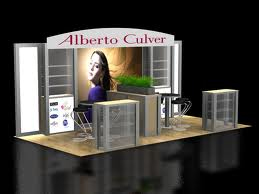 You should have high expectations for your trade show exhibit. Companies
spend thousands of dollars in the production of an exhibit, but very little in tracking the success of it.
You should have high expectations for your trade show exhibit. Companies
spend thousands of dollars in the production of an exhibit, but very little in tracking the success of it.
Here is insight into why trade shows are not routinely evaluated and what must change in the industry to make evaluation a more acceptable and legitimate part of the process.
If you ask the typical exhibitor at a trade show “what percent of the entire cost of the exhibiting process is allocated to measurement and evaluation? The answer would most likely be rounded to zero.
Why is trade show measurement and evaluation stuck at zero?
For many exhibitors, measurement and evaluation is considered to be add-on, extra work, and not as enjoyable as other tasks, so it is often not planned or executed well. The follow-up to evaluate success is rarely achieved.
The cost of measurement and evaluation for the trade show process should be compared to the trade show budget. Consider the total annual budget – not only the trade show exhibit fees, travel, and the time of those involved, but all expenses tied
to the exhibit. When all of these costs are considered, 3-5% should be spent on measurement and evaluation. This is necessary to plan for measurement, collect the data, use the data in meaningful ways to drive improvements, and ultimately, show the success of the exhibiting process.
In today's economic climate, exhibitors must collect data, analyze the data in meaningful ways, and then make decisions about the process. Measurement and evaluation should always be a part of the trade show exhibit, just like planning and designing the exhibit, developing the material for distribution, and preparing the team members to work there.
Dentistry IQ


